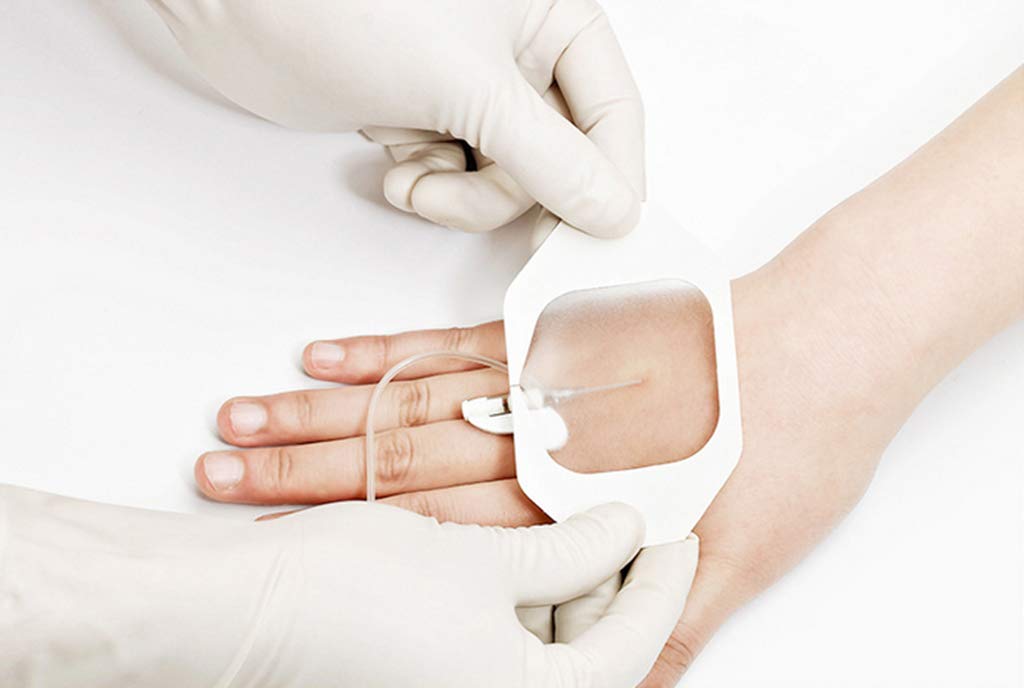The history of wound care can be traced back to ancient Egypt, Greece, and Rome. Ancient Egyptians used honey and adhesive bandages, while Greeks recognized the importance of wound cleanliness for better healing outcomes. Modern wound care has evolved from gauze dressings to sophisticated wound dressing materials. The use of advanced technology is increasingly becoming routine.
Traditional Wound Care
Traditional wound care involves the use of gauze, lint, and cotton dressings. The use of traditional wound dressing materials can be traced back to ancient Egypt where they were used extensively. Ancient Egyptians had some crude understanding of the process of wound healing. Therefore they used readily available dressing materials such as leaves, bark, or gauze. They also applied honey to the wounds believing that it had healing properties. The evidence for the use of gauze is also documented in ancient China and Turkey. The use of antiseptic agents such as wine, vinegar, and honey was recommended by Hippocrates around 400 BC.
Despite the recent innovation in wound care dressing materials, traditional wound dressings still form a part of wound care, especially in developing countries. Unlike modern wound dressings, traditional wound dressings are unable to maintain a moist wound environment which is now considered a prerequisite to optimal wound healing. In addition, traditional wound dressings also tend to adhere to the wound bed causing trauma. Moreover, traditional dressings such as gauze often prove to be an ineffective barrier against bacterial contamination. However, despite the limitations of traditional wound care dressing materials, they are still used due to their cost effectiveness and ease of use.
Advanced Wound Care
The pioneering work of George Winter in 1962 is often cited as a turning point in the wound care industry. He demonstrated that wounds heal better in a moist wound environment. Now wound care specialists and podiatrists routinely use moisture-retaining dressing materials in their everyday clinical practice. The innovations in tissue engineering and biotechnology have also led to the introduction of advanced wound care products. Some advanced products that have been introduced in the wound care market include skin substitutes, bioactive wound dressings, negative pressure wound therapy, stem cell therapy, and antimicrobial dressings.
The innovations in wound care technology have been particularly helpful for the treatment of chronic non-healing wounds. A brief overview of advanced wound care products is given below:
Wound Dressings
Since the 1980s, several moist wound dressings have been developed. These dressing materials can maintain a moist wound environment which is considered ideal for wound healing. They are also infused with antimicrobial properties which makes them ideal for the protection of wounds from bacterial contamination. Some commonly used modern wound dressings include hydrocolloid dressings, foam dressings, alginates, and hydrogels. In addition, bioactive dressings with intrinsic wound healing properties are also being introduced. Some advanced wound dressings have structural similarities to the extracellular matrix that can help to provide an ideal environment for wound healing.
Cell And Tissue Therapies
The advancement in technology has led to the possibility of the use of stem cells in wound care. Stem cells have the regenerative capacity, and can be introduced to chronic wound beds for better healing outcomes. In addition, tissue-based therapies such as skin substitutes, scaffolds, and biomembranes are increasingly being considered by wound care specialists and podiatrists. The introduction of growth factors and other mediators of healing to the chronic wound bed has also shown promising results.
Negative Pressure Wound Therapy
It is also known as “vacuum assisted wound closure”. It involves the application of sub atmospheric pressure to the wound using a portable suction pump. Negative pressure wound therapy accelerates wound healing through multiple mechanisms. Some of the ways through which negative pressure wound therapy can aid healing are through stimulation of angiogenesis, wound contraction, and removal of excess exudate. Patients treated with negative pressure wound therapy have a faster healing rate.
Future Perspectives
The wound care industry has come a long way in the last four decades. It has emerged and established itself as a separate clinical specialty. The advances in research and a better understanding of wound healing pathophysiology have revolutionized the delivery of wound care. It is predicted that the wound care industry will continue to evolve and grow in the coming years. The expected increase in the aging population and chronic wound burden will necessitate the innovations in wound care technology for better healing outcomes. The role of telemedicine, wound biologicals and advanced wound therapeutics in wound care will become more established.



.webp)

.avif)